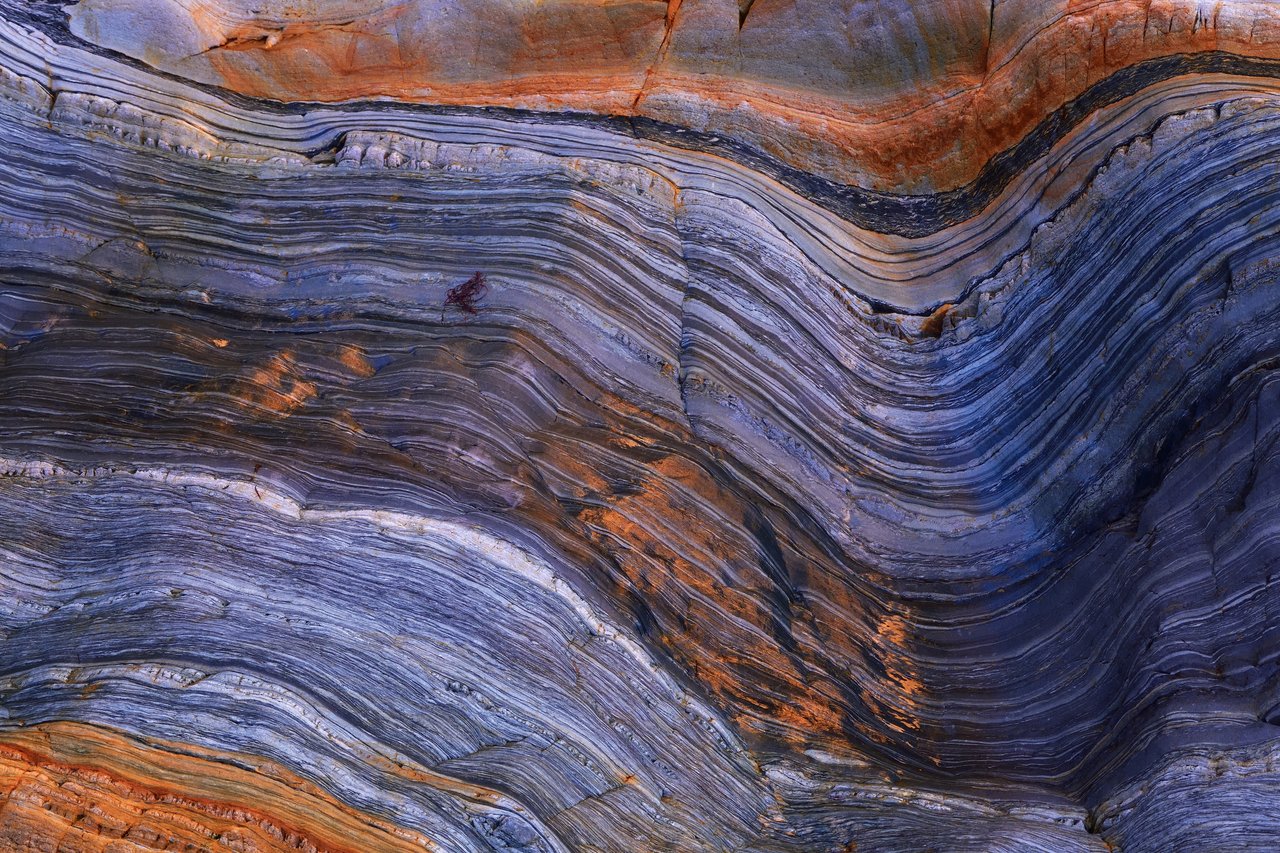Technical publication
Low-volume apparition sources: source trials from the Bass Strait
22 Aug 2022
Authors
Simon Redfearn*, Lorenzo Casasanta, Sergio Grion Shearwater Geoservices Jon Cocker, Beach Energy
Third EAGE Marine Acquisition Workshop
INTRODUCTION
Towed-streamer blended acquisition using either overlapping or simultaneous sources is designed to deliver increased shot sampling and fold, enhanced resolution, and to optimize operational efficiency.
During Q4 2021, several test lines of streamer data were acquired in the Australian Bass Strait to assess the impact of novel source configurations on data quality. In this abstract, we will focus on how reduced-volume source-array set-ups affect the recorded seismic data in terms of signal-to-noise ratio and usable bandwidth.
A baseline dataset was acquired using three conventional 2480in3 source arrays in a flip/flop/flap triple-source configuration. The baseline is compared to two low-volume apparition triple-source test lines: the “large” apparition line uses three 340in3 source arrays, whilst the “small” line uses three further reduced 140in3 arrays. The other acquisition parameters are the same for all test lines. The sources are towed 100m apart. The shot-point interval is 8.33m with subsequent shots overlapping every 4s; underlapping energy from the previous shot was assessed and found to have a negligible impact on de-blended results. The apparition sources are fired quasi-simultaneously with periodic time delays of the order of a few milliseconds.
The data are recorded by 12 streamers with 12.5m group spacing and 8km maximum offsets. Despite the lower source volume, we demonstrate that an apparition-enabled broadband processing sequence renders
LET’S FIND A SOLUTION THAT FITS YOUR NEEDS

